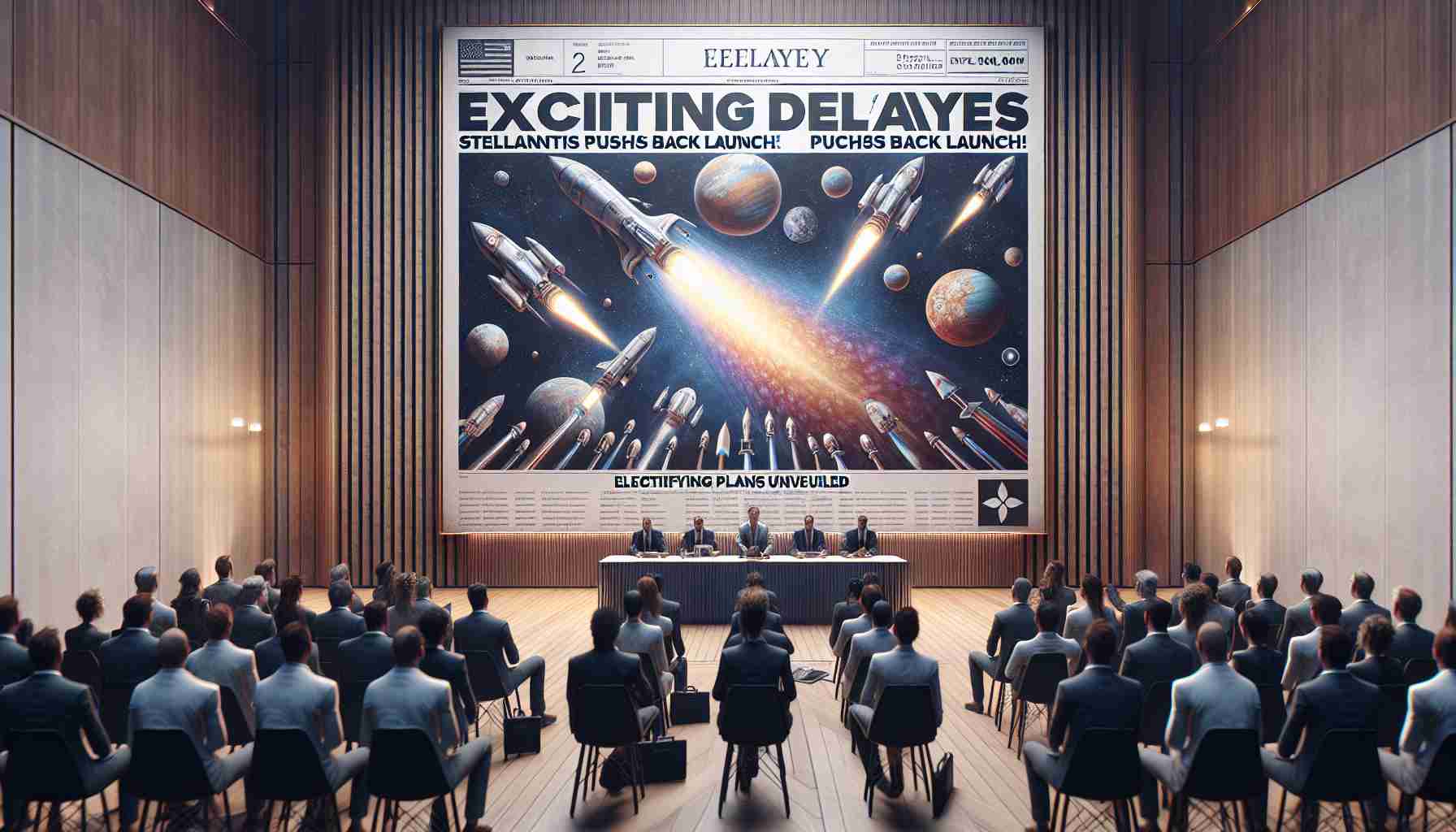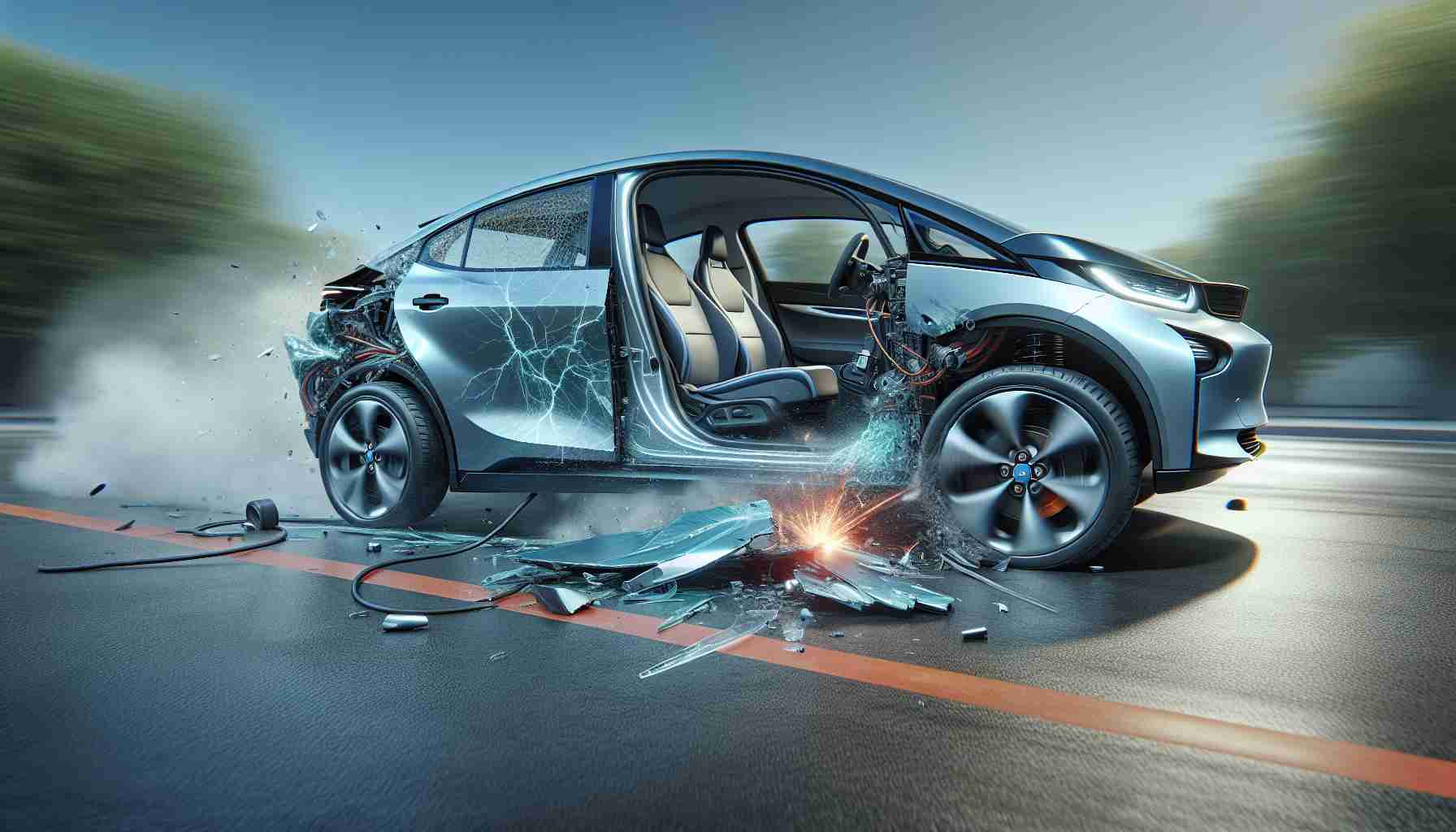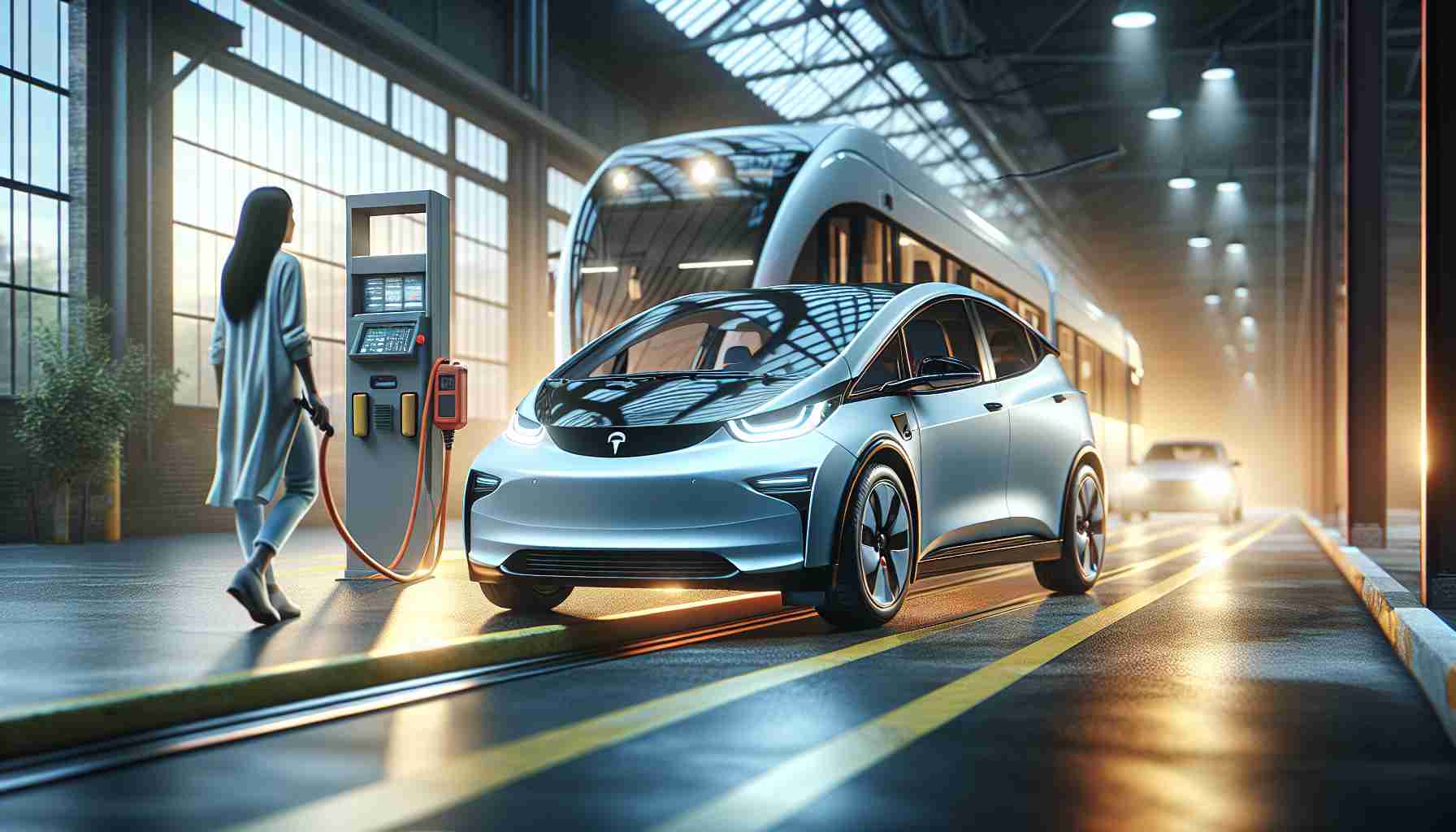In an unexpected turn of events, Stellantis N.V. has postponed the launch of its much-anticipated Ram all-electric pickup truck. Originally scheduled for late 2024, the debut of the Ram 1500 REV will now occur in the first half of 2025 due to extensive quality evaluations.
CEO Carlos Tavares highlighted the necessity of prudence in product validation, underscoring the company’s commitment to quality over speed. Amid a demanding electric vehicle rollout schedule, the carmaker is ensuring rigorous assessments to prevent compromises in quality.
Apart from the Ram 1500 REV, Stellantis is preparing for the debut of other innovative EVs. The Ramcharger is expected to hit the market in early 2025, with additional rollouts like the Jeep Wagoneer S. and the Dodge Charger Daytona also in the pipeline.
The delay accompanies the introduction of Stellantis’ groundbreaking STLA Frame platform, designed for versatility across various vehicle types, including SUVs, light commercial vehicles, and large pickups. This platform supports a diverse range of propulsion systems, from battery-electric to internal combustion, hybrid, and even hydrogen versions.
Stellantis is positioning the STLA Frame as a cornerstone of its strategy to expand its electric vehicle offerings while maintaining flexibility in propulsion options. This strategic move promises to revolutionize the upcoming lineup of Jeep and Ram vehicles, aligning with Stellantis’ broader vision for hybrid and electric transportation solutions.
What Stellantis’ Delayed Ram EV and New Platform Mean for the Future of Transportation
In an era where the race to electrification is reshaping the auto industry, Stellantis N.V.’s recent decision to delay the launch of its Ram 1500 REV all-electric pickup truck to 2025 underscores a pivotal strategy shift. The move, while signifying a commitment to quality, has broad implications for both the development of new technologies and the trajectory of human transportation.
The Revolution of the STLA Frame Platform
A crucial element in Stellantis’ strategy is the newly introduced STLA Frame platform. This innovative platform offers unprecedented versatility, supporting a spectrum of propulsion systems, including battery-electric, hybrid, internal combustion, and even hydrogen. This adaptability could pave the way for integrating multiple technologies into a single vehicle design, heralding a new era of multi-propulsion automobiles.
Why is this significant?
As the automotive industry shifts towards sustainability, the ability to house different propulsion technologies within one framework allows manufacturers to cater to a diverse market. This approach not only meets current consumer demands but also anticipates future regulatory landscapes and market trends. It represents a milestone in the evolution of flexible vehicle engineering.
Advantages and Disadvantages
The versatility of the STLA Frame platform offers several advantages. For consumers, this means more choices in powertrains, potentially lower costs due to shared components, and a vehicle that can adapt as technology evolves. For manufacturers, it streamlines production and reduces the risk associated with single-technology investments.
However, the disadvantages include the challenge of maintaining performance standards across different propulsion systems. There’s also the complexity of designing a one-size-fits-all platform in terms of safety, efficiency, and user experience. Moreover, the delay in launching the Ram 1500 REV raises questions about the readiness and viability of this multi-propulsion strategy in the immediate term.
Impact on Human Development and Technology
The STLA Frame platform and the strategic delay indicate Stellantis’ long-term vision of evolving transportation. By not rushing to market and focusing on rigorous quality evaluations, Stellantis underscores the importance of reliability over expediency. This philosophy could drive the next wave of innovation, setting new standards for the automotive industry.
How does this affect the future of humanity? As transportation becomes more flexible and accessible, the integration of various propulsion systems could lead to greater technological convergence. This convergence might accelerate advancements in energy technologies, climate policies, and sustainable urban planning, shaping a future where transportation is seamlessly integrated with human lifestyles.
Controversies and Questions
Delays in much-anticipated products often spark controversies and disrupt market expectations. Critics might question the sincerity of Stellantis’ quality claims or see this as a potential setback in the fast-paced world of electric vehicles. Will the postponed launch affect consumer trust? Can Stellantis maintain competitiveness against EV giants who prioritize faster rollouts?
On the flip side, how will the automotive industry address the challenge of educating consumers about these multi-propulsion vehicles and their unique benefits? Bridging the gap between technological capabilities and consumer understanding could be as crucial as the technological innovations themselves.
For more insights into the transformation of the auto industry and its implications, explore related content at Stellantis.






















